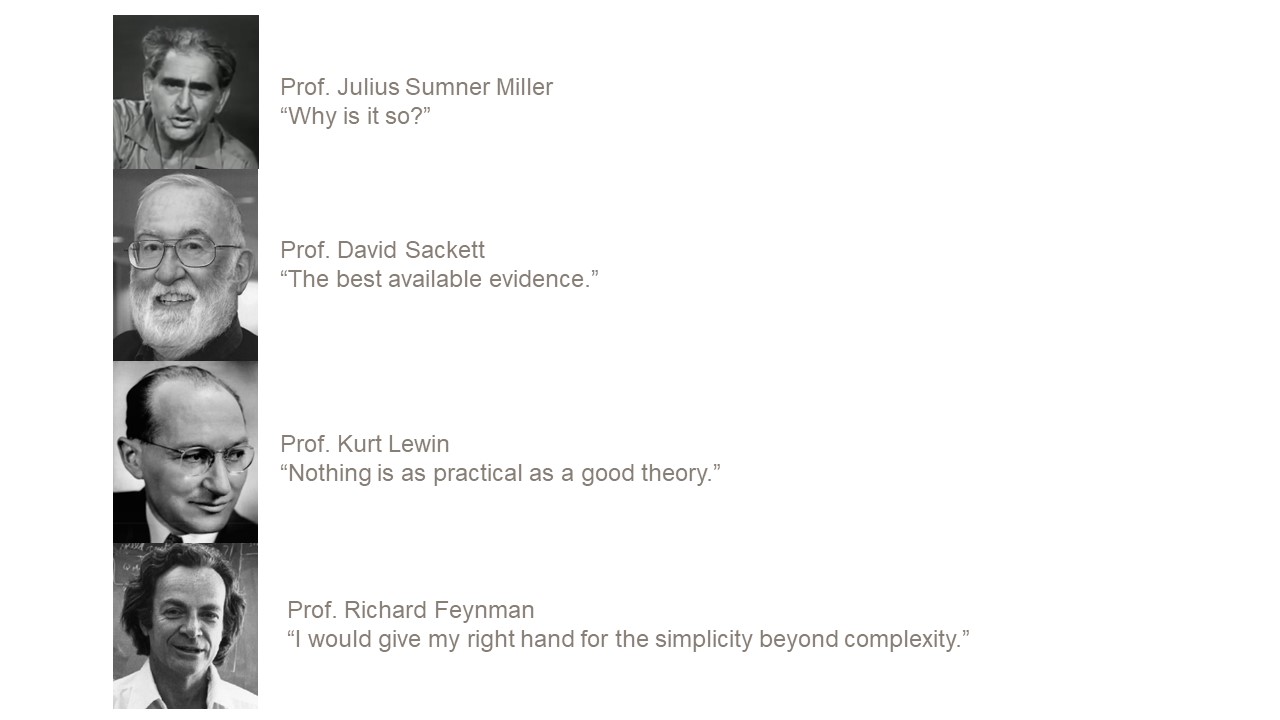

On building bridges
Biology is a gambler
"Medicine is a science of uncertainty and an art of probability" William Osler
Biology is inherently probabilistic. This is equally true of human biology and medicine. Although clinical training involves numerous diagnostic flow charts, therapeutic algorithms etc. that are often presented as being built on deterministic "if-then" couplings clinical practice teaches otherwise. Some patients will indeed respond or present as the textbook proposes, but not all. Absolutes such as always and never are rarities in medical practice. A qualifying vocabulary of terms such as mostly , generally , usually , commonly , frequently, for the most part or conversely rarely , occasionally , infrequently tends to be more appropriate and less contentious when dealing with the variability and uncertainty that accompanies medicine in the real world.
If this premise is accepted, then acumen in understanding, interpreting and responding to probabilities is essential to the practice of medicine and in extension clinical research and drug development. A fundamental understanding as to what probability is, is critical. William Briggs in his book "Uncertainty: The soul of Modeling, Probability and Statistics" proposes that uncertainty is in essence ignorance. Probability quantifies the ignorance.
Janet Woodcock from FDA expands in the context of pharmaceutical medicine:
"When a regulatory decision is made, uncertainty can remain about many aspects of a new drug’s performance, said Janet Woodcock, Direc-
tor, Center for Drug Evaluation and Research (CDER), FDA. As a result, she noted, uncertainty is “central to the evaluation of data,” and can affect our understanding of both benefits and risks. Uncertainty in the drug review process has many sources, all of which, she noted, must be analyzed, quantified to the extent possible, judged, and communicated responsibly (see Box 1-3). FDA’s goal is to bring the best possible science to bear on these tasks, in order to ensure that stakeholders and the public have a clear understanding of both the available evidence and the pending uncertainties, and that stakeholders understand that both evidence and uncertainty are important factors in any given regulatory decision"
Page 5: IOM (Institute of Medicine). 2014. Characterizing and communicating uncertainty in the assessment of benefits and risks of pharmaceutical products: Workshop summary. Washington, DC: The National Academies Press
